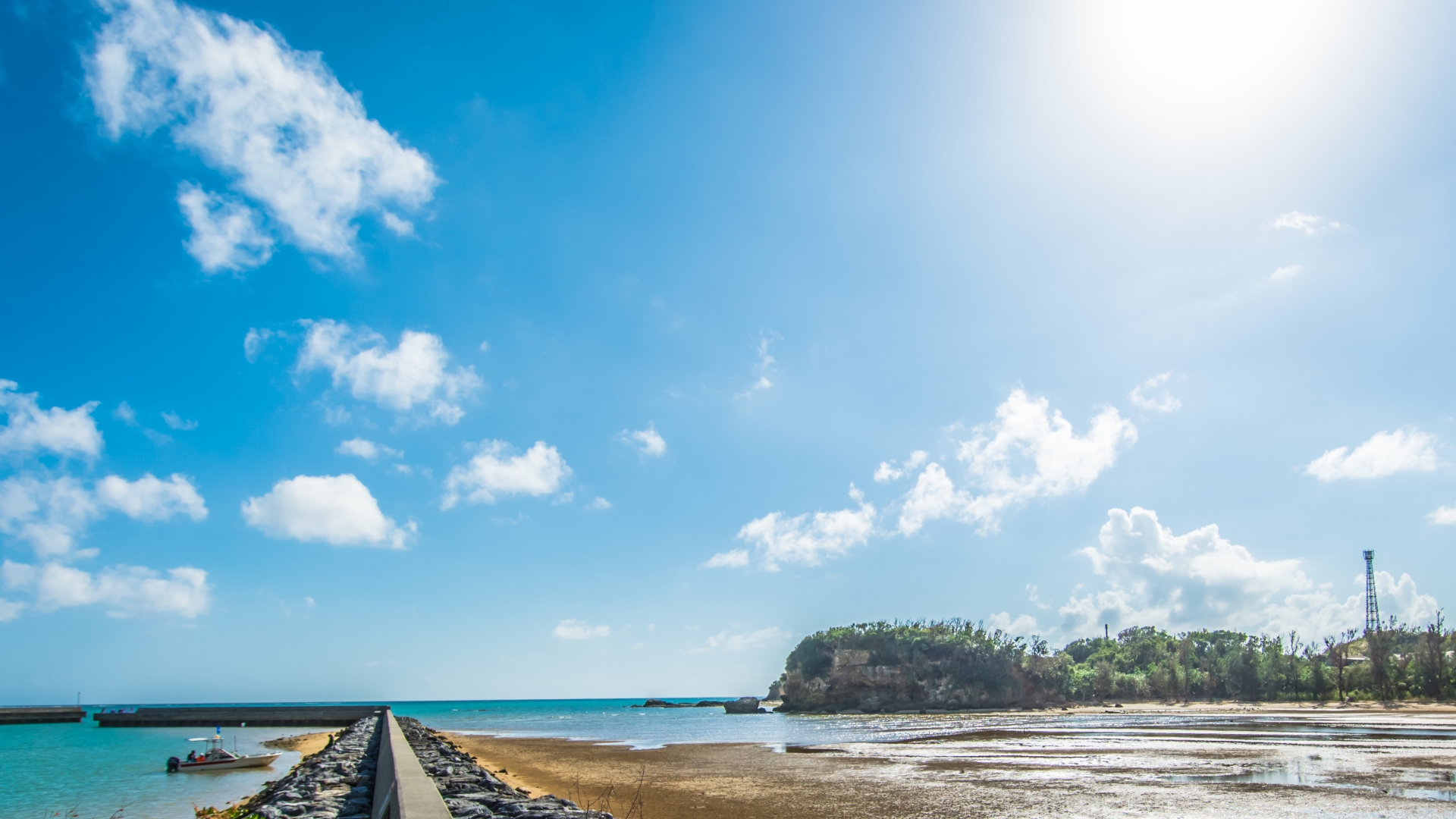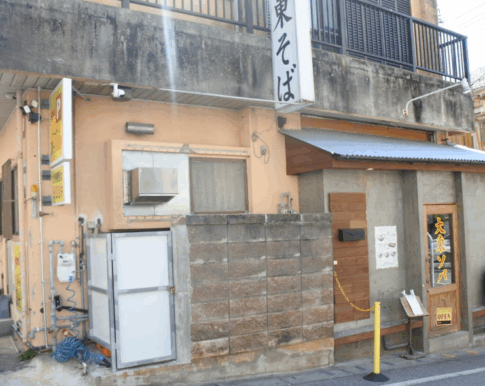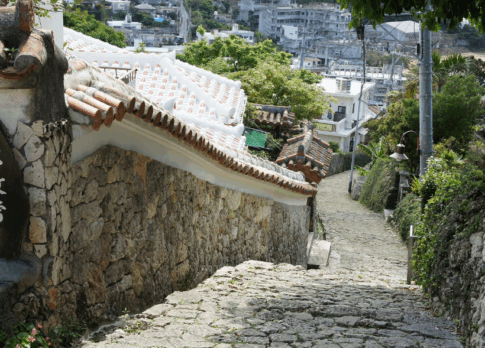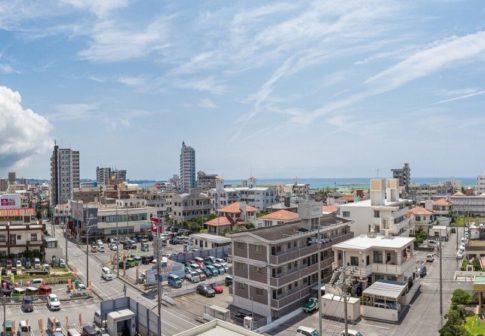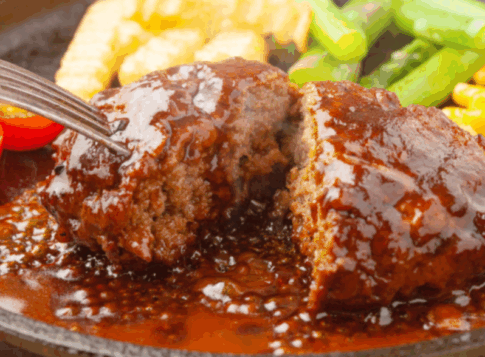About an hour and a half drive from Naha Airport. This restaurant is located in Henoko, which has been rocked by the base issue. Although it is called an Italian restaurant, it does not serve pasta dishes! The interior is full of the good old Showa period, and it looks somewhat relaxing. What kind of restaurant is this?
Point 1: Why is there no pasta in an ‘Italian restaurant’?
The “Italian Restaurant” is located in Henoko, on the east coast of Okinawa’s main island, which has been rocked by the base issue. The restaurant is located in a corner of a rather old building that looks like it has a stylish appearance overlooking the Pacific Ocean.
The restaurant is an old diner with only the words “Italian Restaurant” written on the wall, and one cannot help but wonder if this is really the place.
But I am sure that contrary to its appearance, it must be a very delicious Italian restaurant!
But the simple menu, bound with an old-fashioned paper “koyori” (a kind of paper used in the old days), does not include any Italian dishes, let alone pasta!
What in the world is this? I felt like I had been tricked by a fox, and then I found out why.
This restaurant was established during the Vietnam War (1946-1975), and since it is located near a military base, there were many “Italian restaurants” and other restaurants with foreign names such as Mexican and Turkish.
The name of the restaurant alone gives it a very international feel, but inside it is just an ordinary diner.
Point 2: What is the origin of the U.S. dollars on the counter of the “Italian Restaurant”?
Now, is it worth going to an ordinary diner? That would be the answer, but this “Italian Restaurant” actually has an amazing history.
During the Vietnam War, when this restaurant was already in operation, soldiers going to the Vietnam War from the nearby U.S. military base in Okinawa used to visit this restaurant night after night.
As in other Okinawan restaurants, the soldiers would eat and drink as if forgetting their fate tomorrow, sign a one-dollar bill, stick it in a corner of the restaurant, and remove it when they returned safely from the war.
The bill that is still there today, taped to the cupboard above the counter, looking like a shelf decoration, is in fact a U.S. dollar bill!
This is of great value in understanding the history of Okinawa. It is worthwhile just to see these U.S. dollar bills, which were unmistakably and truly put up by U.S. soldiers at that time.
Point 3: What is the menu of the “Italian Restaurant” like?
So, back to the original question, what is the menu like at the “Italian Restaurant”? The question is, “Is it really good?” The conclusion is that it is very good!
The menu, which is only bound with a twisted twisted paper, starts with BREAKFAST (breakfast) and is bilingual (Japanese-English). The menu includes curry and rice, Japanese, Chinese, Mexican, sandwiches, salads, and a wide variety of meats. There are also set menus, making it a great all-around restaurant.
Prices range from 1,200 yen for A lunch and 1,000 yen for New York steak, but other items are extremely inexpensive, ranging from 400 to 900 yen! Prices are listed in dollars next to the yen, but they are listed at 100 yen to the dollar. With the weak yen, this is a sign of the times.
I tried the taco rice (550 yen!). (550 yen!), it does not have tomatoes or lettuce on it like other restaurants. What was on top of the rice was a brownish object consisting only of meat in the form of a thick paste and fried cabbage.
This is a dish that a certain actress from Henoko, Okinawa, with her beautiful slit eyes and dark hair, used to enjoy eating. She has been away from this restaurant for a long time now due to raising her children.
I was a little afraid to try it, but the spicy and punchy taste made it possible to finish a large portion in no time!
The actress mentioned above also liked the A Lunch.
At 1,200 yen, this is the restaurant’s most expensive menu item, but it is a luxurious version that includes a cutlet, fried shrimp, sausage, pork and egg, salad, French fries, and soup on a plate of rice that has been cut out of a mold.
It would be nice to imagine a beautiful, slender actress sipping soup while holding her one-length black hair down with one hand, and be struck by the gap between the two.

